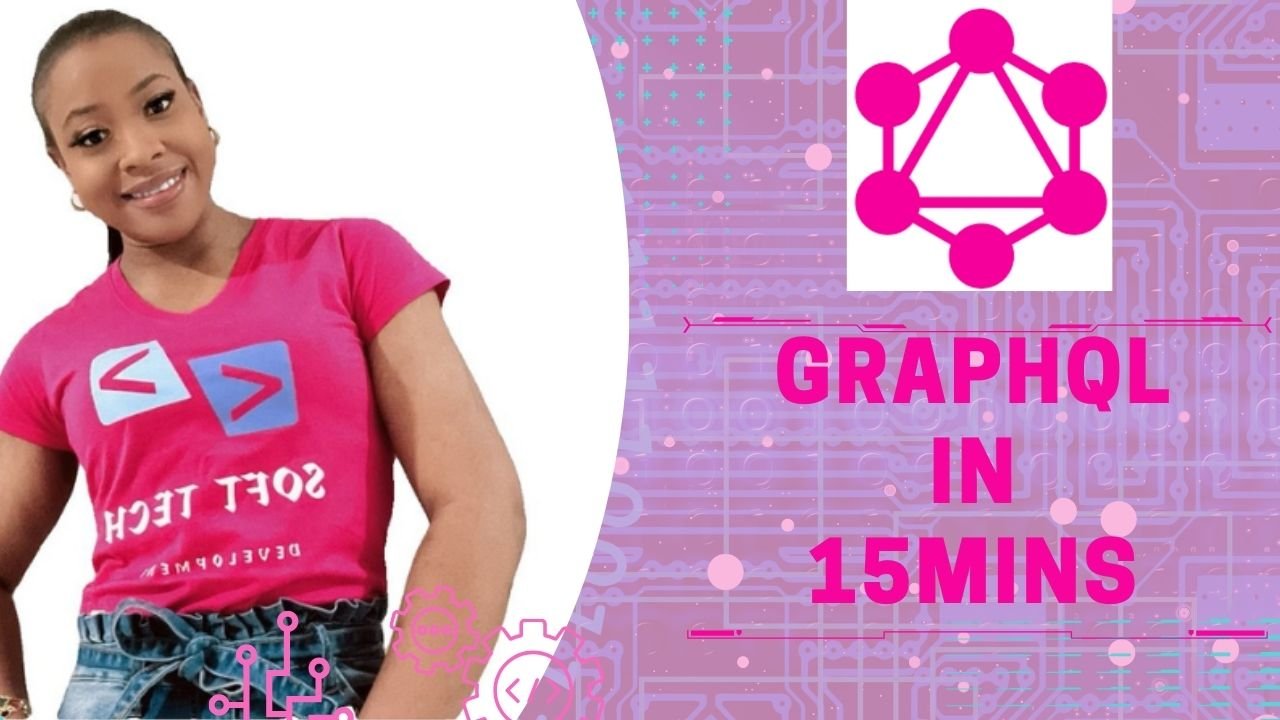GraphQL is known for its flexibility, allowing Client- side to request only the data they need and reducing the over fetching of data that occur in REST APIs. graphql has been adopted in various industries and is supported by many programming languages and frameworks.
It essentially provides a more efficient and flexible alternative to Traditional REST APIs. Here are the key concepts and components of GraphQL.
Schema: At the core of GraphQL is the schema. The Schema defines the types of data that can be queried and the relationships between them.
Queries: Clients request the specific data that they need using queries. A query in Graph QL looks similar to the shape of the desired response. Clients can request nested data and specify only the fields they need, reducing over fetching and under fetching of data.
Mutations: Mutations are used when clients need to modify or create data on the server. They are similar to queries but are used to write operations. Mutations define how the data should change and can return specific information after the operation is completed.
Resolvers: These are functions that determine how the data defined in the schema is actually retrieved or mutated. They are responsible for fetching the data from the appropriate data source. Resolvers are associated with each field in the schema and are executed when a query or mutation is made.
Single Endpoints: Unlike Representational State Transfer APIs, which may have multiple endpoints for different resources, GraphQL typically exposes a single endpoint. This simplifies the communication between the Client-Side and the Server-Side.





can i get generic clomid without rx can you get cheap clomiphene online cost cheap clomid prices get generic clomid pills buy generic clomid without dr prescription clomid for sale uk how to get generic clomid without prescription
I am in fact happy to glance at this blog posts which consists of tons of profitable facts, thanks object of providing such data.
I am in point of fact enchant‚e ‘ to coup d’oeil at this blog posts which consists of tons of profitable facts, thanks object of providing such data.
rybelsus where to buy – semaglutide 14 mg canada buy cyproheptadine pills
buy generic motilium – flexeril online buy buy cheap flexeril
propranolol price – order methotrexate online order methotrexate 5mg generic
amoxicillin for sale online – ipratropium order online order combivent pills
azithromycin 500mg over the counter – buy zithromax generic order nebivolol 5mg generic
order amoxiclav online – https://atbioinfo.com/ buy ampicillin tablets
buy nexium 20mg pill – https://anexamate.com/ nexium 40mg us
purchase medex pill – https://coumamide.com/ hyzaar uk
where can i buy meloxicam – https://moboxsin.com/ meloxicam 7.5mg for sale
order prednisone 40mg – aprep lson deltasone 5mg us
where to buy otc ed pills – https://fastedtotake.com/ buy cheap ed pills
amoxil online – https://combamoxi.com/ order amoxicillin pills
forcan order online – https://gpdifluca.com/# order fluconazole without prescription
cenforce 50mg generic – this buy cenforce 50mg
cialis recommended dosage – buying cialis super cialis
zantac 300mg canada – https://aranitidine.com/# buy ranitidine 300mg
viagra sale walgreens – street value of viagra 50mg viagra 100mg price
With thanks. Loads of conception! online
This is the description of content I get high on reading. https://buyfastonl.com/isotretinoin.html
The reconditeness in this tune is exceptional. https://ursxdol.com/cialis-tadalafil-20/
This website really has all of the tidings and facts I needed adjacent to this case and didn’t comprehend who to ask. https://prohnrg.com/product/get-allopurinol-pills/
The vividness in this serving is exceptional. https://ondactone.com/simvastatin/
More posts like this would make the blogosphere more useful.
https://doxycyclinege.com/pro/tamsulosin/
The thoroughness in this section is noteworthy. http://www.fujiapuerbbs.com/home.php?mod=space&uid=3616668
dapagliflozin canada – https://janozin.com/# forxiga 10mg ca
purchase orlistat generic – order orlistat without prescription orlistat price
This is the gentle of scribble literary works I truly appreciate. http://bbs.51pinzhi.cn/home.php?mod=space&uid=7112981
Embark into the stunning universe of EVE Online. Start your journey today. Trade alongside millions of players worldwide. [url=https://www.eveonline.com/signup?invc=46758c20-63e3-4816-aa0e-f91cff26ade4]Join now[/url]
You can conserve yourself and your stock by being alert when buying pharmaceutical online. Some pharmaceutics websites operate legally and sell convenience, privacy, bring in savings and safeguards for purchasing medicines. buy in TerbinaPharmacy https://terbinafines.com/product/etodolac.html etodolac
More peace pieces like this would create the интернет better. brand valacyclovir
I couldn’t weather commenting. Well written!
Hey, Indo buddies! Been kicking around on ok789id for a bit. Honestly, not bad! Selection is pretty good and I saw my favorite games. Could stand to see some more local payment options tho. Give it a whirl ya: ok789id
Lu88vnco, never heard of this site before, has anyone has any experience with it? If so can you give me a recommendation? lu88vnco
Trying to get into my Tashanwin account. The tashanwingamelogin link keeps giving me issues! Anyone else experiencing this? Maybe they’re doing maintenance?